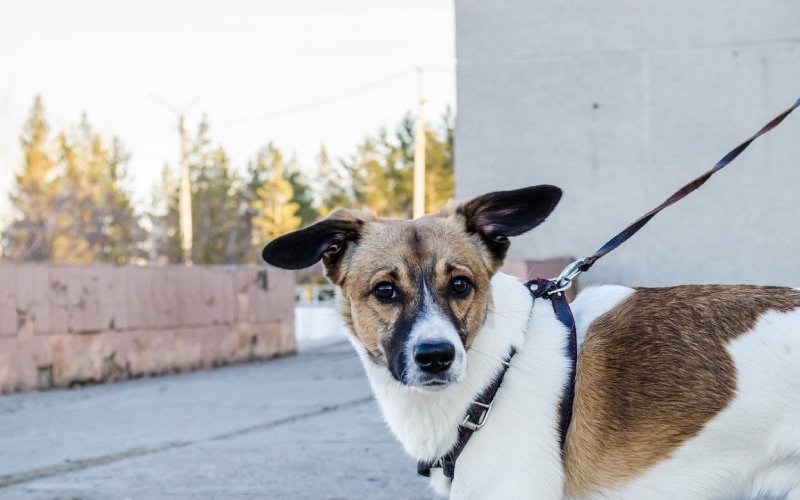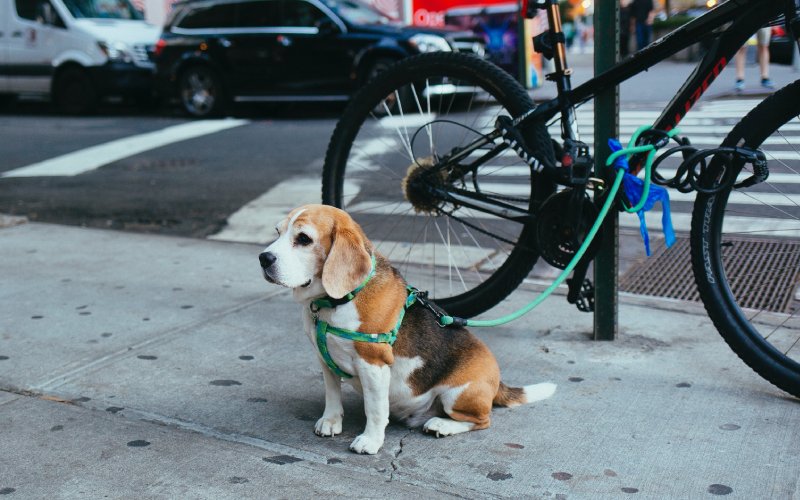We get alot of calls about Leash Reactivity here at olk9tn.dog . You may wonder why your dog behaves like a monster when it is on the leash, why your neighbor’s dog doesn’t, or why your leash-aggressive dog suddenly becomes the perfect playmate the moment it is off the leash.
If you are the owner of a leash-reactive dog, then this guide is for you. Here, we cover important topics like what is leash reactivity, how a leash-reactive dog can be cured, and our approach to training you to train your leash-reactive pet.
Let’s dive right into it.
What Is Leash Reactivity?
Leash reactivity is a common issue in dogs, whether they are adopted or purchased. A leash-reactive dog might play happily with its doggy friends when it is off-leash. But the moment the leash comes on, it views it as confinement. This results in barking, growling, snapping, and biting.
Many dog owners come to us saying, “He has no trouble in the dog park or with my friend’s dog, but the moment the leash goes on, he is a different dog”.
Causes of Leash Reactivity
Leash reactivity could stem from a combination of temperament, past trauma, poor handling skills, inadequate socialization, and also the dog’s well-rehearsed routine (because it does not know what else to do).
People often confuse leash reactivity with aggression when, in reality, it is a poor understanding on the dog’s part about its role and the handler/owner’s failure to provide structure and confidence to the dog. (Of course, there may be cases where the dog is aggressive in general, which may need a thorough evaluation.)
Oftentimes, leash reactivity arises due to insecurity. Your dog may be afraid of stimuli such as people walking by, other dogs, kids, etc.
Can A Leash Reactive Dog Be Cured?
Dog parents often use punishment, domination, or force in such situations, and these are not the right approaches. Punishment and negative reinforcement methods usually backfire and may even worsen the issue.
It is essential to understand that your dog’s leash reactivity is an emotional response and we need to handle it strategically. Creating more fear through negative training methods will only add to your dog’s existing insecurity.
Our Approach to Handling Leash Reactive Dogs
We use methods like desensitization and counter-conditioning to overcome leash reactivity. Most dogs are food-motivated and by using high-value training treats, we can get your pet to behave both on and off-leash. We also use balanced training to show the dog and guide him/her on what is the appropriate behavior we want.
We make sure to involve you in the sessions so you can continue them at home. We also teach you how to use these training methods so you can apply them to all kinds of behavioral issues in your dog.
With leash reactivity training, it is important to keep the focus on a few basic concepts instead of rushing through different training formulas. This is very important for skill and confidence building.
Initial Approach
Simplicity is our mantra.
- We encourage you to start with low-level triggers or walk in an area with fewer distractions. Get your leashed dog to look at you when you say its name using command words (yes/good), mark/clicker, give a food reward, and verbal praise.
- Practice this until your dog learns to pay attention from a distance on the leash.
- Mark and feed high-value rewards in the presence of distraction
- Desensitization – Proceed to stay close to your dog while it is on the leash and if it is calm, mark and reward the behavior
- When your dog sees a stimulus- give a higher-value reward.
As Sessions Progress
- As your dog’s skill and confidence grow, we continue adding other elements of obedience – sit, heel, down, etc.
- It is important to keep the criteria low in the beginning, as we want to focus on building positive responses.
- Remember – our goal is to change your dog’s emotional response to the presence of the stimuli that trigger its reactivity.
Important Things to Keep in Mind When Training A Leash Reactive Dog
- Many pet parents unknowingly trigger leash reactivity in their dogs by applying constant pressure to the collar/ leash. They also tend to become frustrated or emotional themselves, which unknowingly triggers their dogs.
- We encourage the use of certain safety equipment to keep other dogs and people safe during training. For example, some dogs may need muzzles, while others may need e- collars, martingale collars, or modified prongs. The goal is to keep everyone safe.
- It is important to understand that we all make mistakes. The goal is to keep learning and improving.
- We encourage you to work around all kinds of triggers – low, medium, and high levels. Be observant and discuss all possible triggers with us. It could be screaming kids on bikes, plastic bags, or the noisy garbage truck. Our goal is to walk your dog around all kinds of triggers.
- No two dogs are the same. Some dogs can get trained in weeks, while others may need several months to get to a workable point.
If your dog is leash-reactive, contact us today so you can get a better understanding of the reason behind your dog’s emotional response.
615-905-6559
[email protected]
olk9tn.dog



